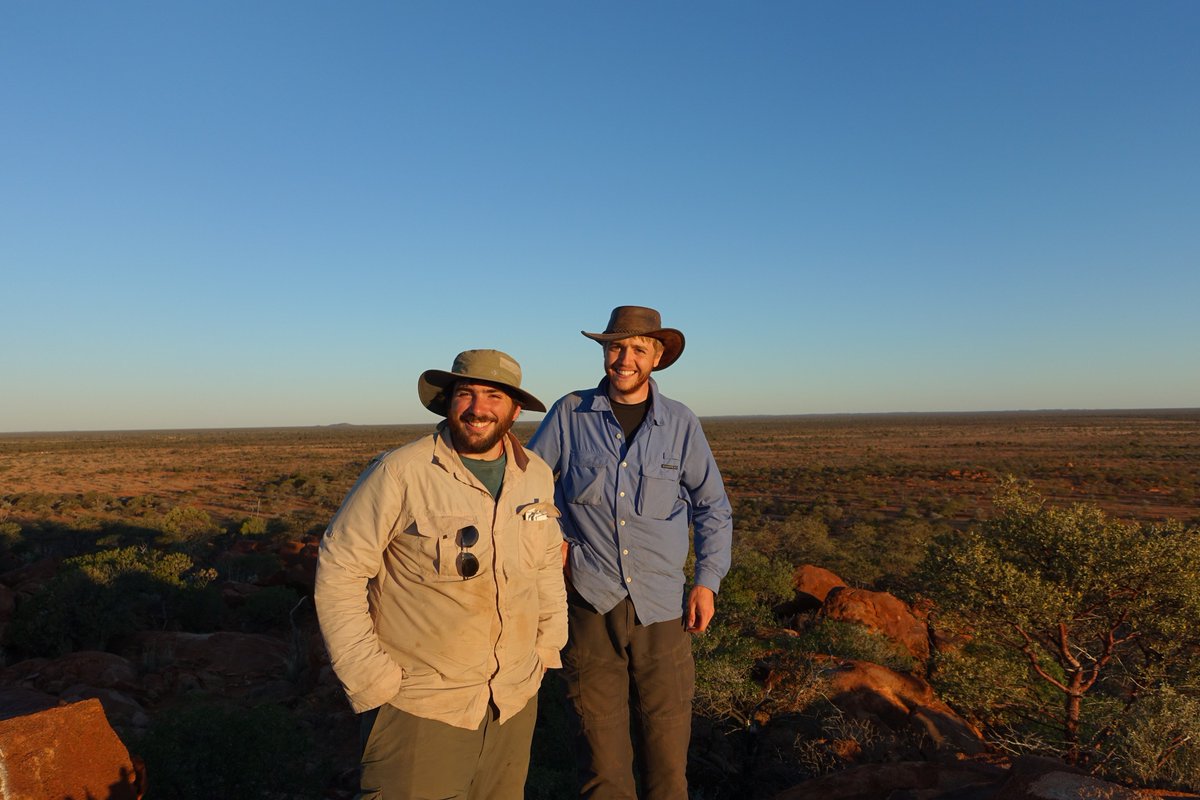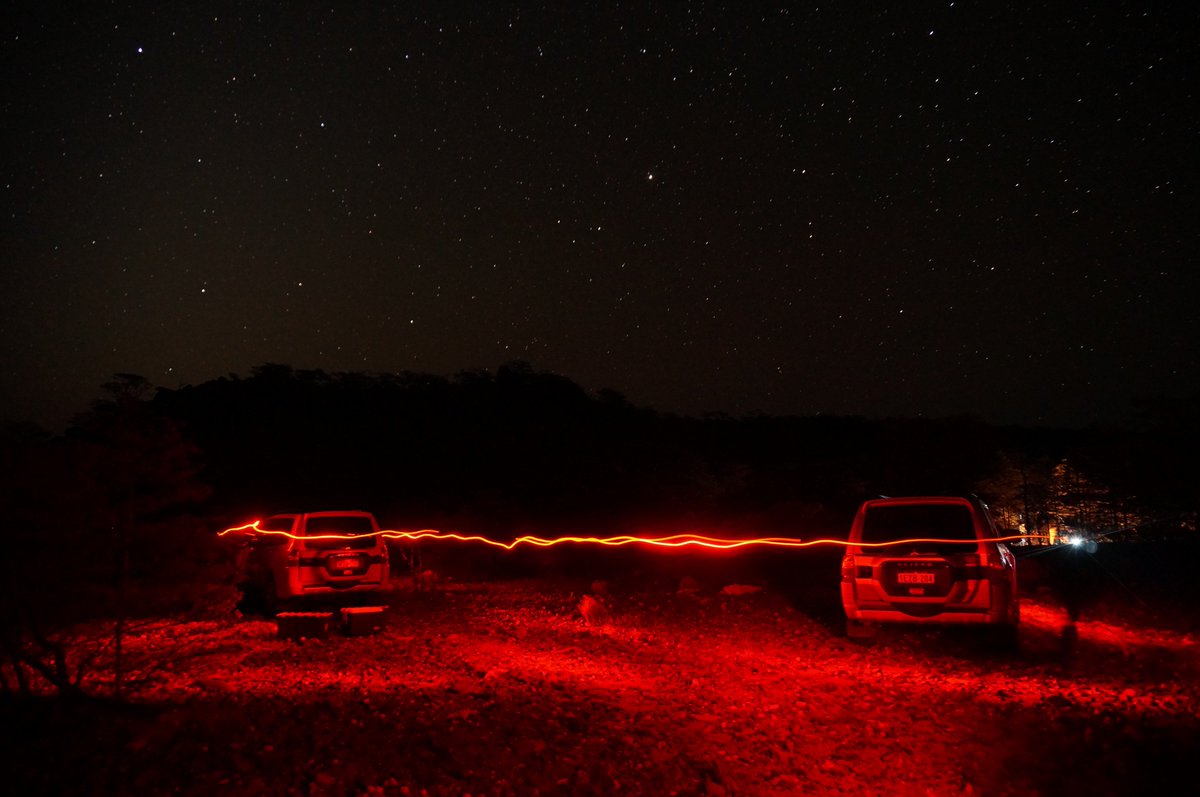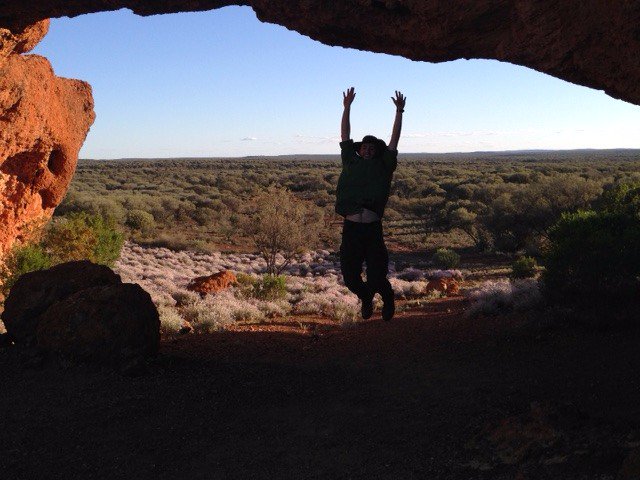Recent Field Work
Western Australia
The First Billion Years of Earth's Magnetic Field
The geomagnetic field shields the atmosphere from erosion by solar winds; these were particular strong during the first billion years of the solar system (Tarduno et al., 2014). Determining the strength and morphology of the Archean field is important beyond the consideration of field generation. In particular, these factors help define the nature of the interaction between the early Earth's magnetosphere and the active young Sun. This interaction in turn could have influenced the development of the early Earth's atmosphere. Our single silicate paleointensity approach to measuring magnetic fields as preserved in quartz and feldspar has been used to examine paleomagnetic and paleointensity data of late Archean/early Proterozoic age (2.7-2.5 Ga) show many of the hallmarks of the geomagnetic field of the last 200 million years. We have documented the geomagnetic field at 3.2 (Tarduno et al., 2007) and 3.45 Ga (Tarduno et al., 2010) through this technique in Southern Africa.
Our research group has recently published results from an examination of Hadean to Paleoarchean zircon crystals extracted from the Jack Hills, Yilgarn craton, Western Australia. With the publication of a positive conglomerate test (Tarduno and Cottrell, 2013) as a demonstration that a pre-depositional remanent magnetization is carried within cobbles of the Jack Hills Metaconglomerate, the Paleomagnetic Research Group examined the famed Discovery Site; the oldest known terrestrial material (zircons as old as 4.4 Ga) has been found at this locality. The paleointensity results suggest that the geodynamo started some 750 million years earlier that previously recorded (Tarduno et al., 2015, Science). The fidelity of these results has been further examined in detailed analysis of potential magnetic carriers and provenance of the cobbles (Dare et al., 2016), and the magnetization of secondary minerals with a micro-conglomerate test (Cottrell et al., 2016).

Richard and Sebastian in the field, Summer 2016

Camping in the Outback

Sebastian is VERY excited to be in the field.